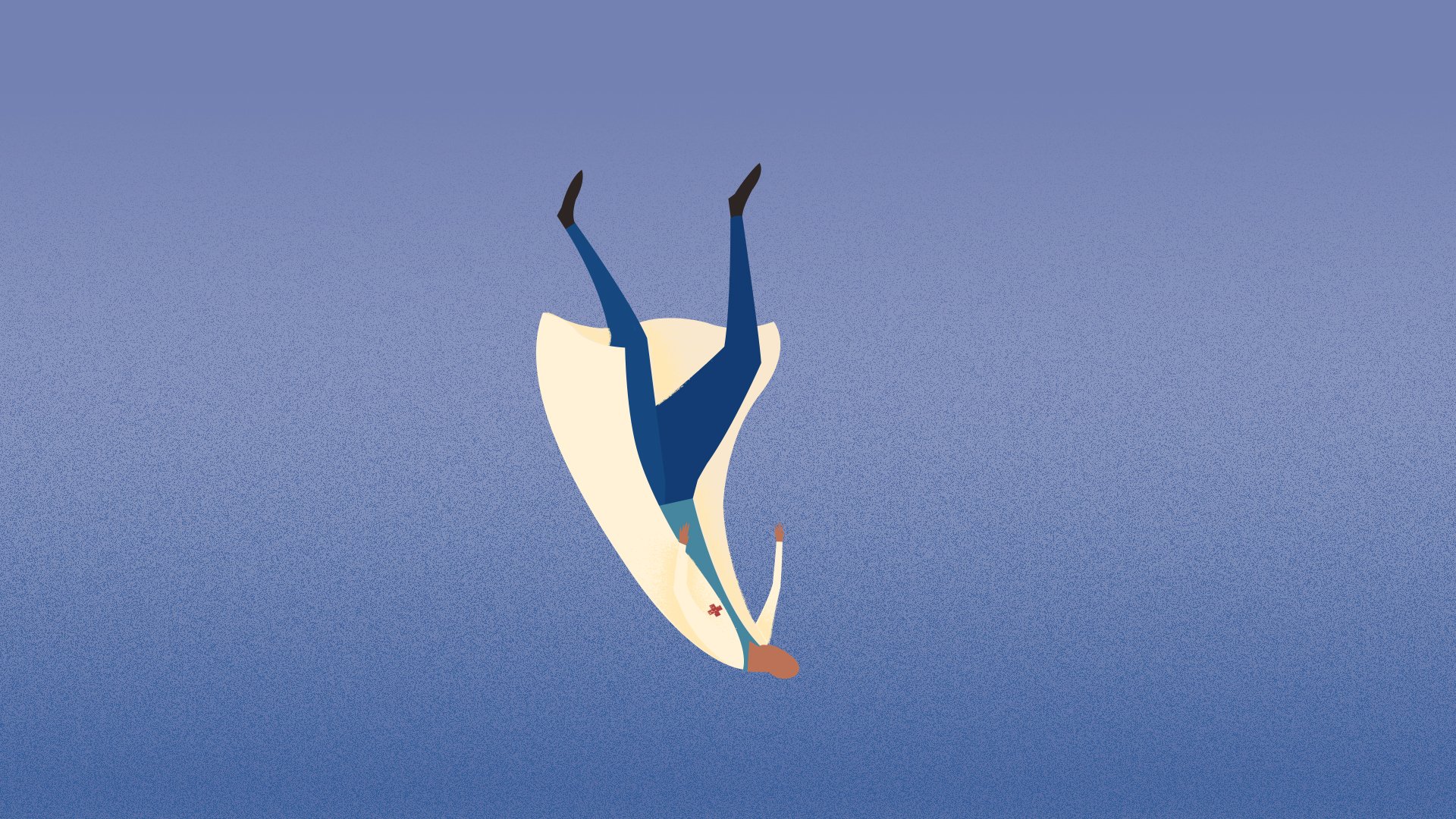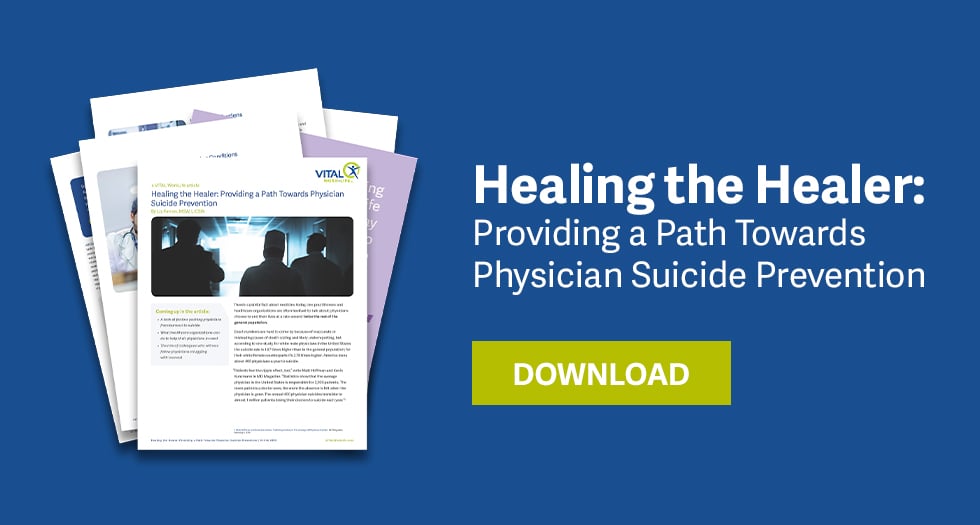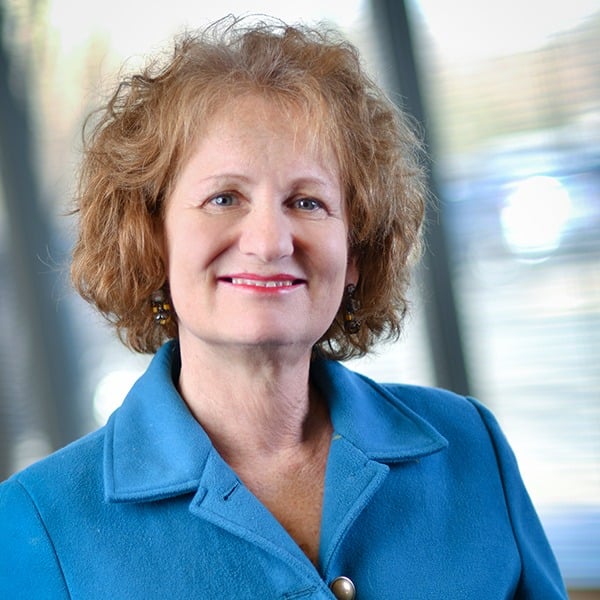 The News
The News
The news of the death of Dr. Charles Rohannan, at the age of 39, came to his colleagues in the neurology department like a body blow. The physicians, the advanced practitioners, the nurses and the support staff asked one another if anyone knew the cause of death, but no one did. Everyone thought of Charlie Rohannan as robustly healthy—a skillful perfectionist whose only observable problem seemed to be a tendency to brood over errors and setbacks. An accident then? Auto? In his sailboat? No one had a clue.
Dr. Candace Li, department head, knew the truth: Dr. Rohannan had taken his own life. She had been informed earlier by her Medical Director. She was still experiencing shock and disbelief.
“I saw the coroner’s report,” Dr. Abdullahi the Medical Director had told her. “Charlie used barbiturates to end his life.”
Dr. Li was concerned thinking: It’s delicate. It’s going to hit my people hard. It’s going to hit everybody in Memorial hard. And patients? What does it mean to a patient when their doctor chooses this? ”How do you propose we handle this?” she asked.
“I’ll keep you posted, I’m meeting with Joshua Hanff, CEO, the hospital’s Physician Wellness Program director and the Press Office later,” Dr. Abdullahi replied. “I want to propose we are as transparent as possible about this loss, for many reasons, including the possibility that opening up the discussion of suicide might save a life in the future.”
Meeting with Hospital Leaders
The meeting led to discussion and a variety of viewpoints. “Rumors are harder on people and harder to deal with than telling a tough truth,” said Dr. Antuñez, the Physician Wellness Program Director. “But you’ve got to tell the tough truth in a certain spirit. Context is important.”
“So, what’s the context here?” asked the CEO.
“I think it’s dialogue,” said Dr. Antuñez. “We know all the physicians here and everyone else are often working at the outer edge of their capacity. So many are stressed out—some are approaching burnout or are already there. I don’t know if Charlie Rohannan was burned out, or if he had undiagnosed depression, or if there was something wrong at home…”
“Suicide is a bear to understand and it’s impossible to predict,” said Dr. Abduallahi.
“Right. But in this case, it might provide a teachable…or I guess I mean a talkable moment. If we can put our shock and sadness into the context of what is driving these terrible decisions, what we can do about them…”
“I worry a little about the way this hits the community. In terms of Memorial’s reputation,” offered the public relations officer.
“If we handle it the right way, it’ll enhance our reputation,” noted the CEO. “I mean, we want to be a place that cares about its physicians, right? We want to be seen that way too. I like the dialogue idea. We’re honest about what happens and it’s a springboard to discuss what needs to happen, what needs to change. But will Charlie’s family agree?”
“Well, we have to ask, and we have to abide by their wishes,” said Dr. Antuñez. “Even to simply let the neurology department know. I’m all for this dialogue, of course. But we must go slow. At every stage, we’ve got to be sure the family is on board. We don’t get to make the call.”
The Transparency Initiative
And so the transparency initiative began with the CEO meeting with Dr. Rohannan’s wife, Eve, and his parents. The CEO explained suicide is a serious problem in the medical profession—doctors die by their own hand at around twice the rate of the rest of the population. It’s something Memorial needs to address. Would they be willing to let his department know the cause of his death, so the terrible loss could be the focus of a discussion there and possibly keep another doctor from making the same decision?
“Are you going to talk about Charlie’s death with everybody in the hospital?” asked his mother.
The CEO replied, “I’m going to make sure that the discussion stays within the circle of the colleagues who knew him best. They care about his memory. The time may come when we widen the discussion. But it won’t happen unless you agree.”
“I don’t know,” she said. “What about Charles’ reputation? Doctors are supposed to be tough and resilient and what-not. I don’t want a lot of his peers thinking less of him. That would hurt almost as much as we’re hurting now.”
The CEO offered, “there isn’t a physician in this place who doesn’t feel overwhelmed sometimes. I want his colleagues to feel they can talk about the kind of struggles Charlie went through. If we can have those conversations, and keep them going, they’ll be a big part of Charlie’s legacy to this place.”
Dr. Rohannan’s wife, wordless, nodded.
“Please,” she said, “do what you think is best.”
In our next episode: The discussions begin and Memorial considers new measures to help physicians who may be considering suicide.
VITAL WorkLife offers healthcare organizations—no matter what size or where they are in the journey of supporting physician well being—a comprehensive suite of solutions designed specifically to reduce the effects of stress and burnout and improve work/life balance while increasing awareness and implementing measures toward suicide-prevention.
If you’re thinking about suicide, are worried about a friend or loved one, or would like emotional support, the National Suicide Prevention Lifeline is available 24/7 across the United States. Call 800.273.TALK (8255) or CLICK HERE TO CHAT with a counselor.



